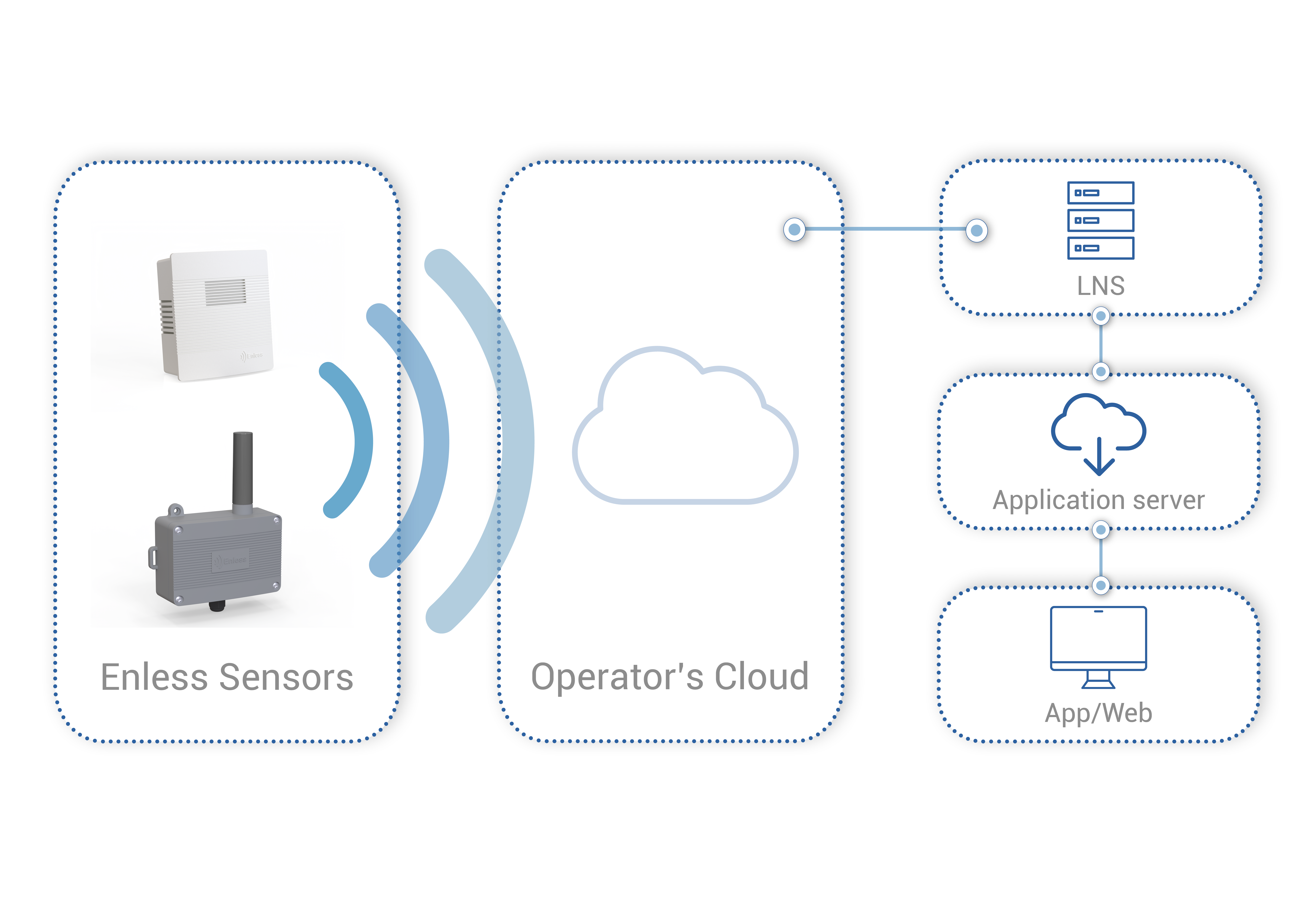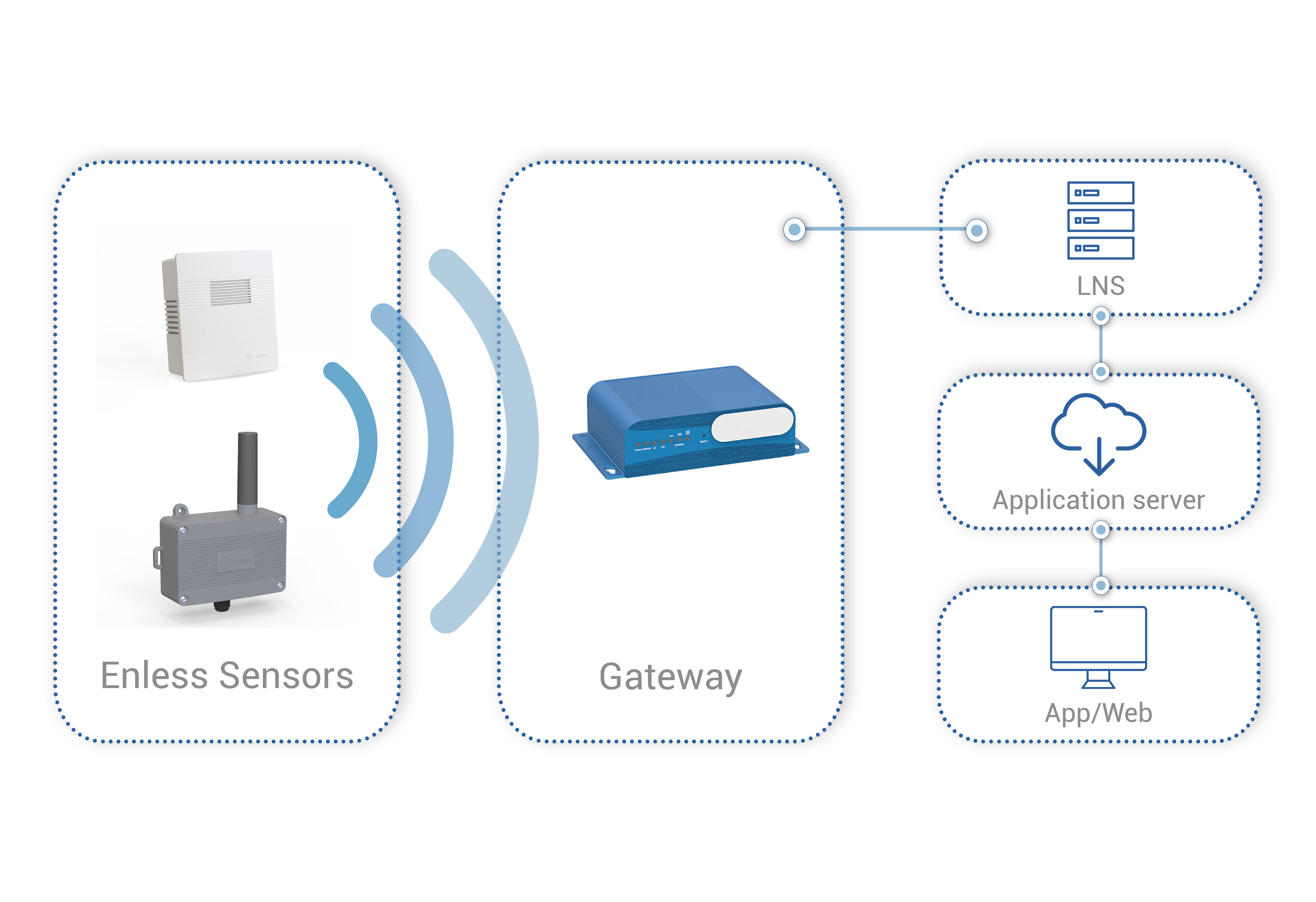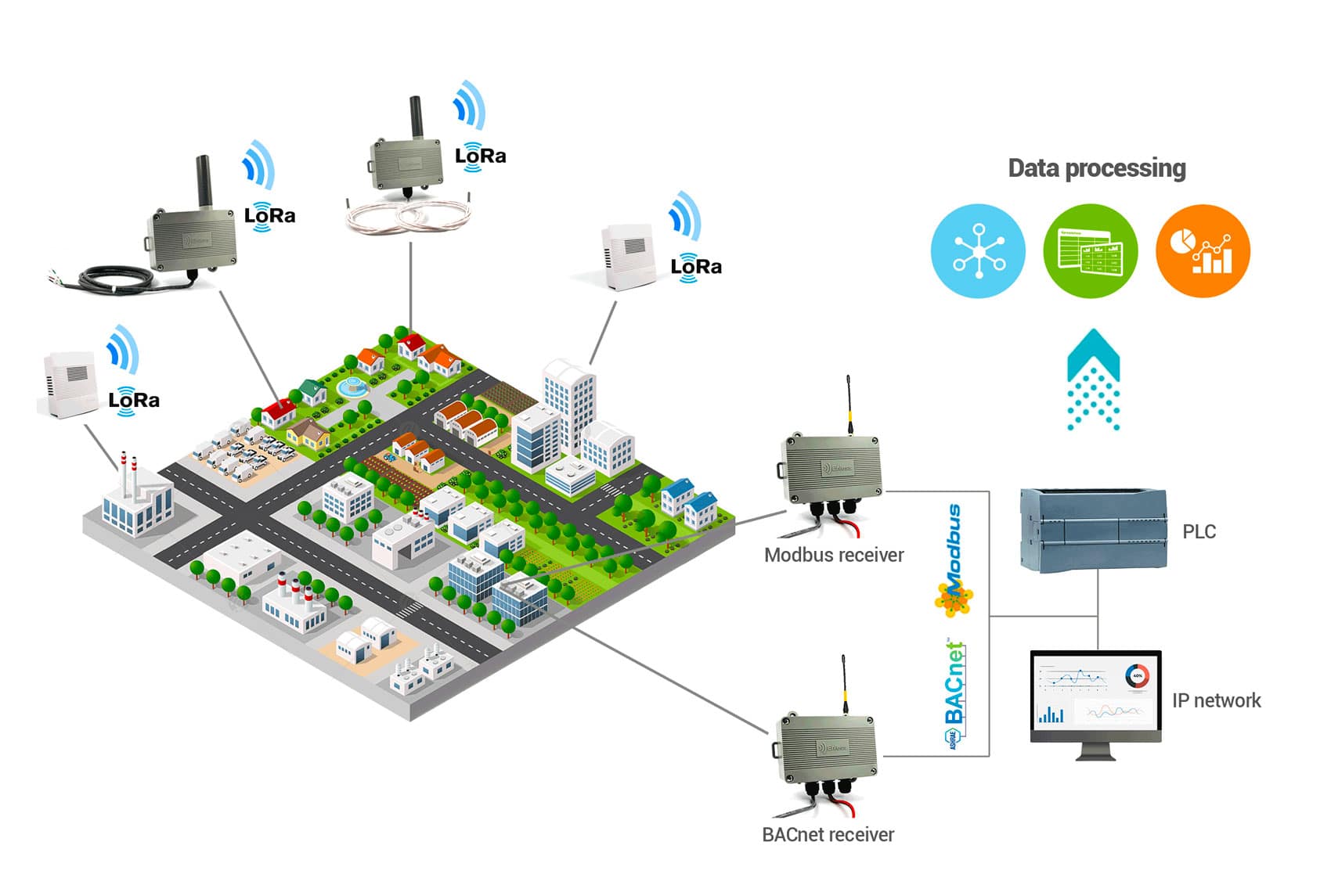Winter is a time of year when the needs of the most vulnerable members of society require particular attention. This was the reason why Rosny-sous-Bois, a town in the Paris region, called in Hydroelec Ingénierie as part of a project to optimise the comfort of the residents of the Ambroise Croizat retirement complex, home to 81 pensioners. Drawing on its expertise in heating systems, the company was able to install during winter 2022, a wireless monitoring solution enabling the EPHAD to both reduce energy consumption and improve the thermal comfort for its residents.
Context:
Before Hydroelec Ingénierie became involved, Ambroise Croizat nursing home did not have a system for measuring temperatures across the complex. Real-time readings had to be taken in the bedrooms in the home in order to be able to effectively control the ambient temperature in each room. The goal for the project was therefore to install monitoring in the coldest rooms so the system could then be automatically adjusted to achieve the ideal interior temperature.
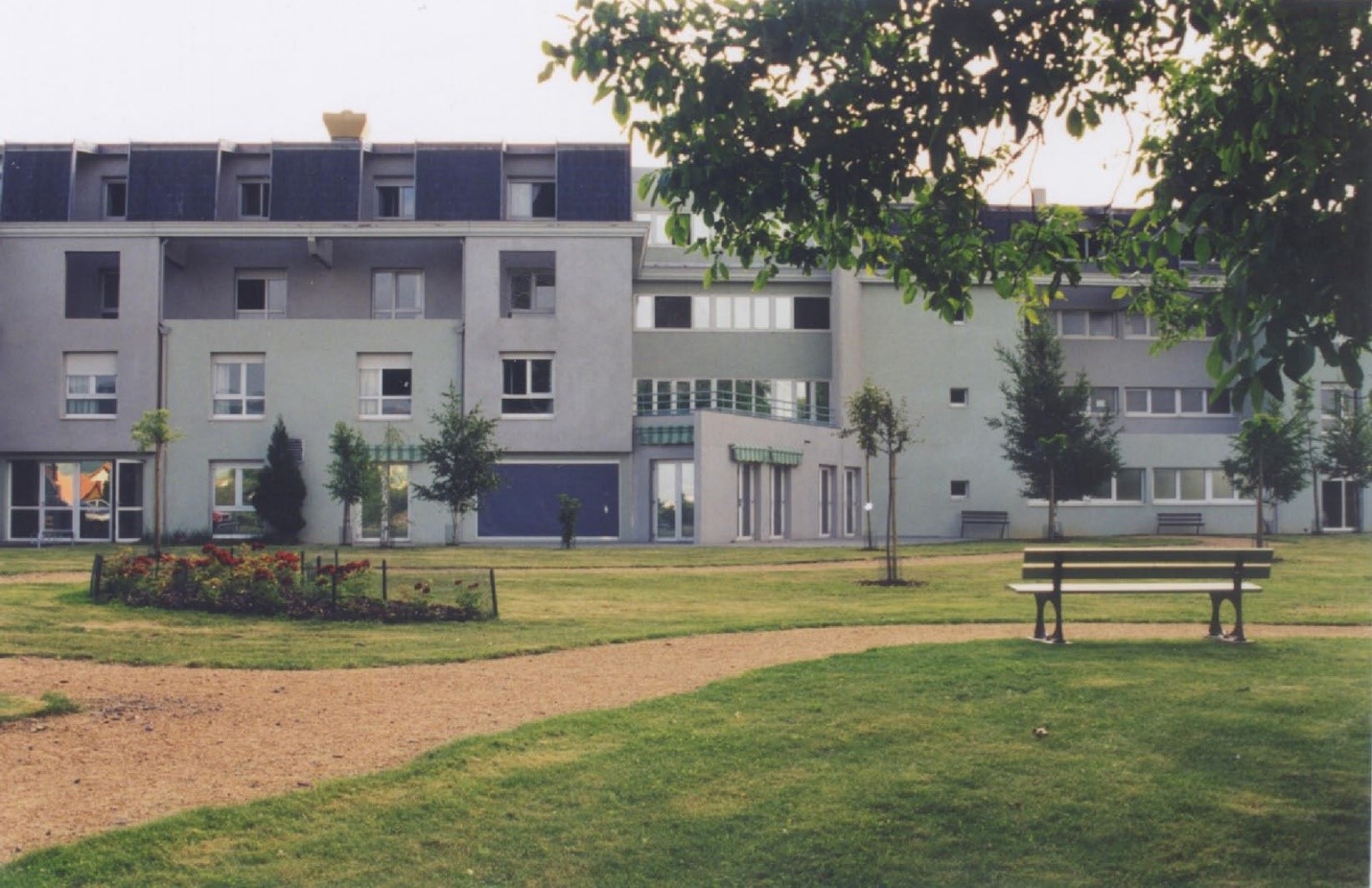
Note: The World Health Organisation suggests that those among the elderly categorised as being fragile should not be exposed to temperatures below 20 degrees, whilst the International Organization for Standardization recommends that the maximum temperature should not exceed 26 degrees. The ideal temperature range is between 20°C and 22°C, with possible lower temperatures at night but which should never be lower than 18°C.
The project implemented by Hydroelec was also part of bringing the facility into compliance with the BACS decree, Decree 2020-887 published on 21 July 2020 in the French Journal Officiel by the Minister for the Ecological Transition, which requires all new and existing service sector (not dwellings) buildings to have automated control systems installed by 01 January 2025. The objective of this Decree is to help improve the energy efficiency and performances of service sector buildings and reduce their CO2 emissions.
The aims of the project:
Hydroelec Ingénierie was given the task of installing a comprehensive monitoring system, making it possible to achieve the ideal interior temperatures for the rooms and thus improve the level of comfort for all the residents. The objectives of the project were based around:
- Improving the levels of comfort and wellbeing of the residents
- Bringing the building into compliance with the BACS decree
- The Class A or B regulation for the building enabling it to qualify for financing of the BAS in the context of EEC provisions.
In achieving these objectives, Hydroelec installed a regulation and control system to ensure the optimisation of energy consumption through the use of sensors and intelligent instruments able to monitor data in real time.
The installed components:
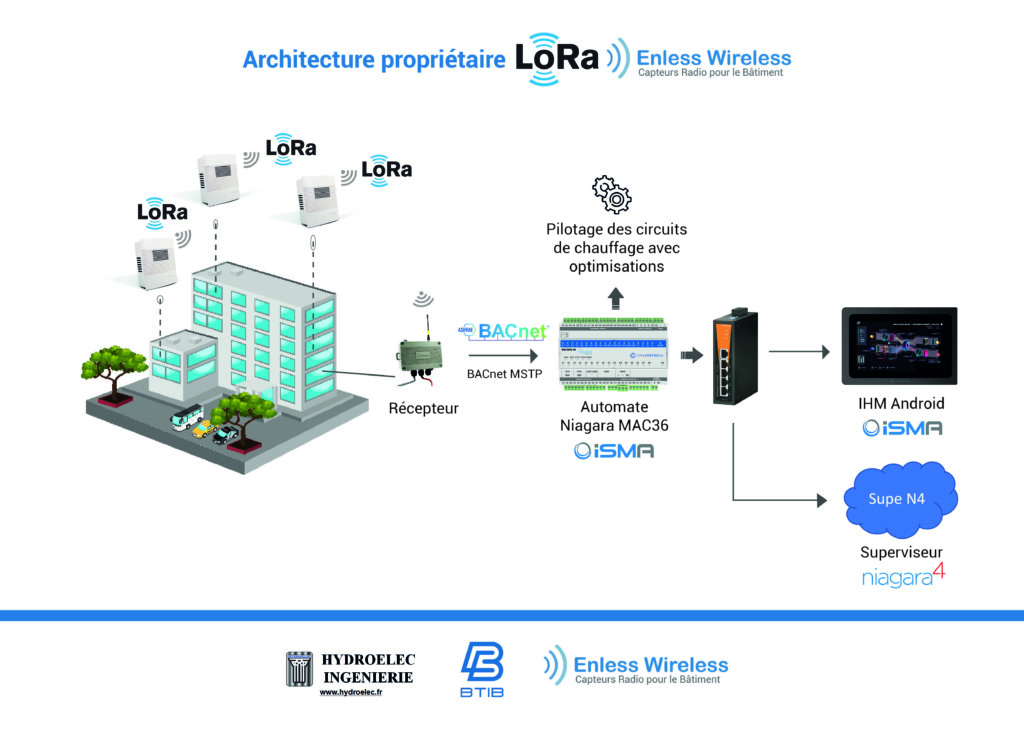
10 Enless Wireless wireless radio temperature and humidity sensors were installed in the Ambroise Croizat retirement and nursing home, using private mode wireless LoRa technology.
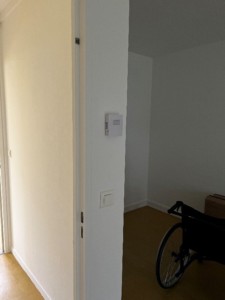
Illustration of an Enless 600-021 temperature sensor (LoRa)
A LoRa Enless Wireless receiver using the BACnet IP protocol was deployed on the terrace and connected to a Niagara MAC36NL controller from BTIB capable of correctly regulating the heating in all the residents’ bedrooms.
This receiver collects the temperature measurement data from the ambience sensors located up to 70 m away, and logged regularly every 30 minutes.
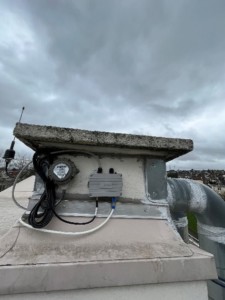
Illustration of the Enless BACnet 500-312 receiver installed on the terrace at the facility
“The Enless Wireless sensors are very high-quality products, with the stand out feature of their long radio reach. This is a real competitive advantage for the product range. Because the integration is so simple, the system was operational in a day.”
Jean Philippe Poiret, BMS System Engineer at Hydroelec Ingénierie
Future projects:
The town of Rosny-sous-Bois will be progressing its energy transition with the installation of new temperature sensors in the municipality’s various public buildings in the near future. The final objective for Rosny-sous-Bois is the centralisation of all the energy data for all its public buildings in just one hypervisor.
Click on the icons below to post this article on social networks >>>




